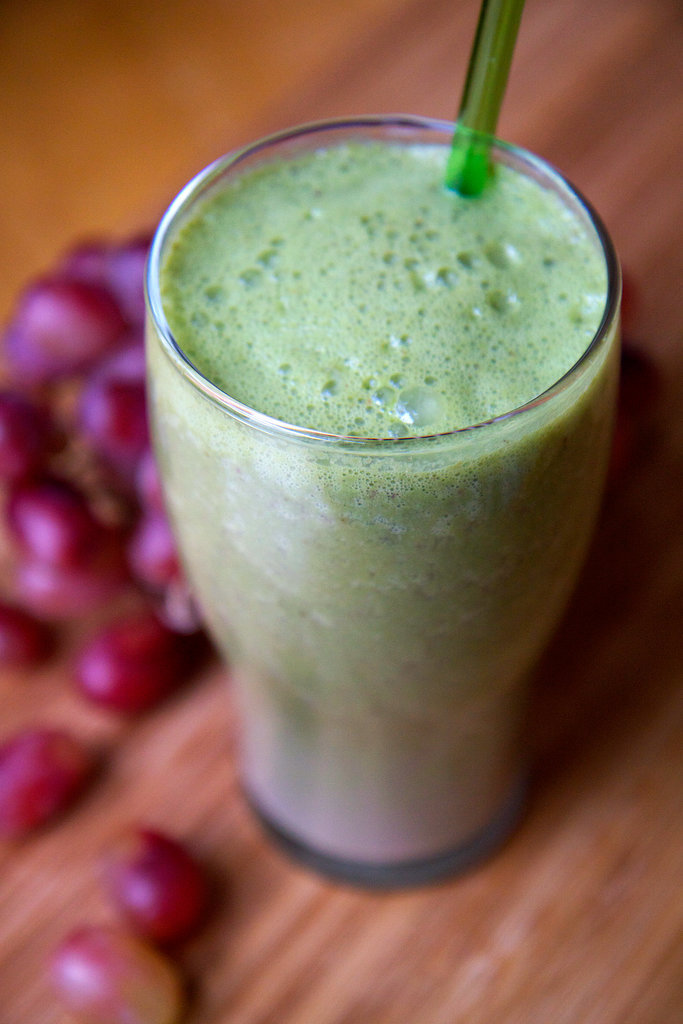Thanks to a multitude of nutrition-related health problems, the national diet of America sits squarely under the microscope. New research, published in The BMJ, assesses the amount of ultra-processed foods on the average American dinner table.The American diet is under constant scrutiny, for good reason. With obesity’s unerring advance and diabetes approaching epic proportions, it is no wonder that American eating habits are the subject of ongoing concern. In some regions, including the states of Arkansas and Mississippi, obesity rates are over 35%. Additionally, diabetes affects more than 1 in 10 residents of some states – South Carolina, West Virginia…
The American diet is under constant scrutiny, for good reason.
With obesity’s unerring advance and diabetes approaching epic proportions, it is no wonder that American eating habits are the subject of ongoing concern.
In some regions, including the states of Arkansas and Mississippi, obesity rates are over 35%.
Additionally, diabetes affects more than 1 in 10 residents of some states – South Carolina, West Virginia and Alabama to name but a few.
When one considers those figures, the findings of the following research are not altogether surprising.
The current study was headed up by Prof. Carlos Augusto Monteiro at the University of São Paulo in Brazil. The team set out to investigate the role of so-called ultra-processed foods using data taken from the 2009-2010 National Health and Nutrition Examination Survey (NHANES).
NHANES is an ongoing project that surveys a cross-section of the American public. In total, the team looked in detail at the diets of 9,317 individuals from a variety of socioeconomic strata, ethnic backgrounds and states.
What are ultra-processed foods?
Ultra-processed foods, according to the authors, are defined as “industrial formulations which, besides salt, sugar, oils and fats, include substances not used in culinary preparations.” These substances include flavorings, colorings, sweeteners and other additives that improve sensorial qualities, such as emulsifiers.
In general, ultra-processed foods include confectionary and desserts, reconstituted meat products, sweet and savory packaged snacks, instant noodles and packaged baked goods.
The team’s endeavors were a reaction to the growing call from independent health bodies for the public to reduce sugar intake. A large number of respected organizations, including the British National Health Service (NHS), the Canadian Heart and Stroke Foundation and the World Health Organization (WHO), have all backed the call.
Excess sugar intake is already known to cause a glut of negative health outcomes, including obesity, type 2 diabetes, high blood cholesterol, increased blood pressure, stroke and cancer.
Added to the potential illnesses they cause, high-sugar foods tend to have reduced nutritional value. This leads to the unhealthy paradox of being overfed yet undernourished.
In America, the US Dietary Guidelines Advisory Committee (USDGAC) have recommended that added sugars should make up no more than 10% of total calories.
Sweet and sour results
This is, as far as the authors can tell, the first study assessing the intake of ultra-processed foods and their relationship with excessive added sugar intake in America. The findings confirm what many have suspected.
The results of the study showed that ultra-processed foods made up 57.9% of total energy intake and 89.7% of the energy intake from added sugars.
Overall, the content of added sugar in the ultra-processed foods was eight times higher than in processed foods and five times higher than in unprocessed or minimally processed foods (21.1%, compared with 2.4% and 3.7%, respectively).
Put another way, 1 in 5 calories consumed by the individuals in the study were from ultra-processed foods.
Only the 20% of the group that consumed the lowest ultra-processed foods managed to stay within the recommended upper limit of 10% of energy from added sugars. In the top 20% of ultra-processed food consumers, more than 80% of their energy came from added sugars.
The authors conclude:
“Decreasing the consumption of ultra-processed foods could be an effective way of reducing the excessive intake of added sugars in the USA.”
As mentioned earlier, the health implications for the consumption of excess sugar are no mystery; the next hurdle is how to implement widespread changes to a nation’s diet.
Although the USDGAC have put a guideline figure of 10% in place, as the authors point out: “such guidelines are not always clear on how to put this recommendation into practice.” The evidence is mounting, but the battle has not even begun.
Medical News Today recently covered research showing that drinking more water reduces sugar, sodium and saturated fat intake.
Source: Over half of America's calories come from 'ultra-processed' foods : Medical News Today




